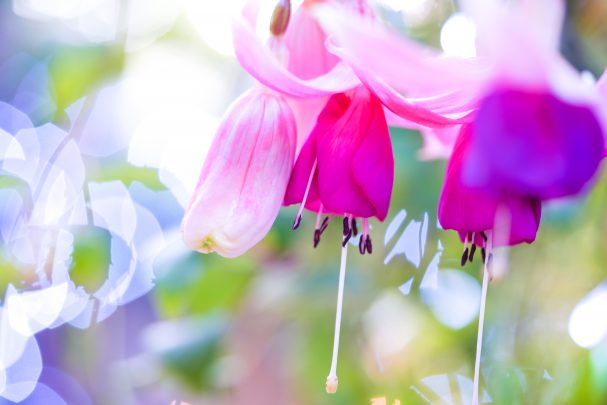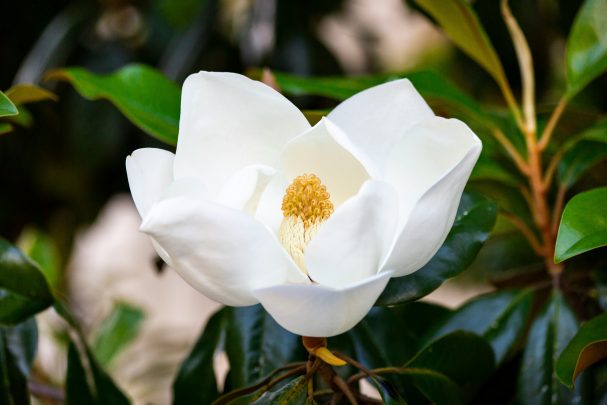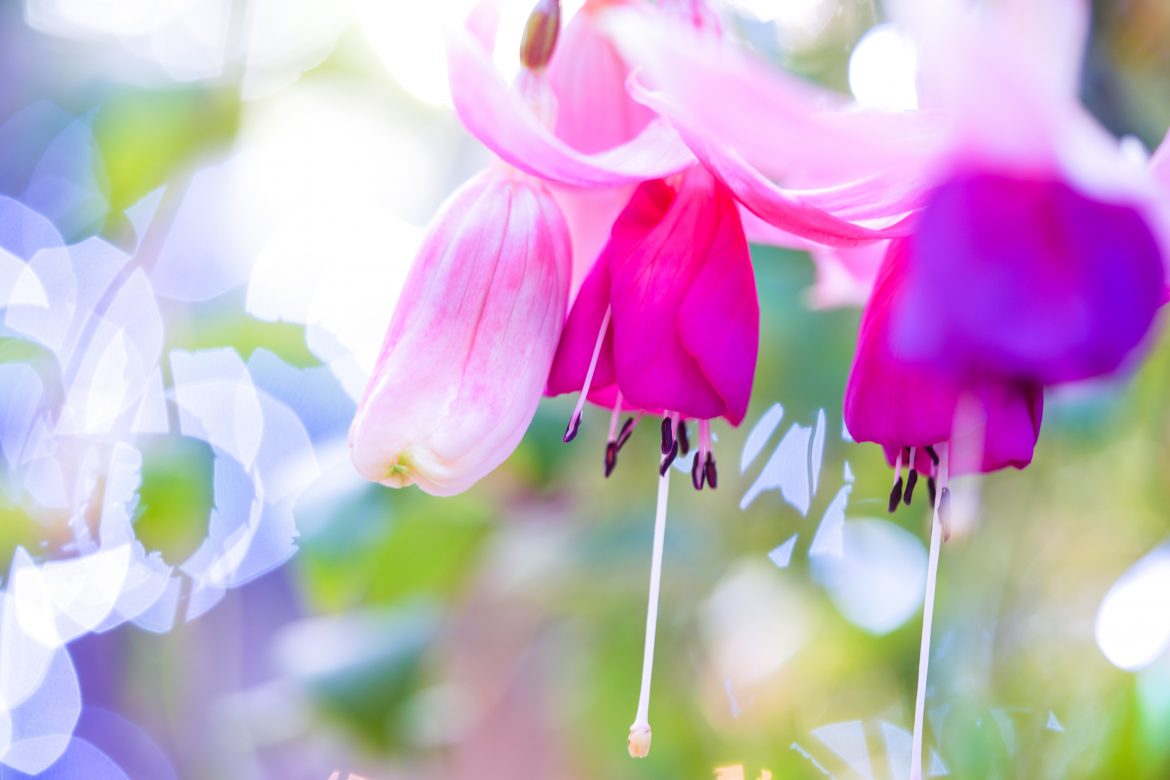If you’re suffering with your allergies like I am, but still want a vibrant garden, low-allergen plants are your answer.
Low-allergen plants are less likely to trigger allergic reactions. Allergic reactions are often caused by airborne pollen, and certain plants produce less problematic pollen than others.
Keep in mind that individual sensitivities vary, so it’s a good idea to test specific plants in your environment to see how you react. Here are some low-allergen plant options:
- Female Cultivars of Dioecious Plants:Some plants are dioecious, meaning they have separate male and female plants. Male plants produce more pollen, so choosing female cultivars can be a good option. For example, female Ginkgo biloba and female kiwi plants are less likely to produce allergenic pollen.
- Low-Pollen Plants:Plants that produce sticky or heavy pollen are less likely to become airborne and cause allergies. Examples include begonias, impatiens, and fuchsia.

Image credit: Unsplash
3. Flowering Plants with Low Allergenicity:
Plants with large, brightly coloured, and fragrant flowers are generally less likely to cause allergies. Examples include roses, pansies, and petunias.
4. Non-Flowering Plants:
-
-
- Some plants reproduce without producing flowers and pollen. Ferns, mosses, and certain types of succulents can be good choices for individuals with allergies.
-
5. Native Plants:
Plants that are native to your region are often well-adapted to the local environment and may be less likely to cause allergies. Native plants have evolved alongside local allergens and may be less problematic for sensitive individuals.
6. Low-Allergen Trees:
Trees like dogwood, magnolia, and cherry generally produce less airborne pollen compared to other trees.

Image credit: Unsplash
7. Grasses and Ground Covers:
Select grasses and ground covers that are less likely to produce airborne pollen. For example, Irish moss and dichondra are ground covers that typically have low allergenicity.
8. Indoor Plants:
If you’re concerned about outdoor allergens, consider indoor plants. Some houseplants, like snake plants, spider plants, and peace lilies, are known to have low allergenicity.
Always keep in mind that individual reactions can vary, so it’s a good idea to introduce new plants gradually to see how your body responds. Additionally, proper care and maintenance of plants, including regular cleaning to remove dust and mould, can contribute to a healthier indoor environment for individuals with allergies.
ALSO SEE:
Feature image: Unsplash

